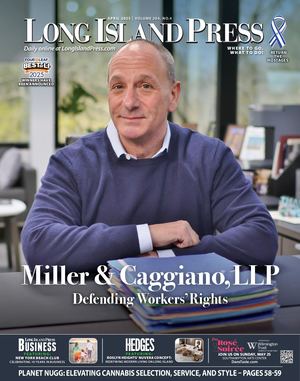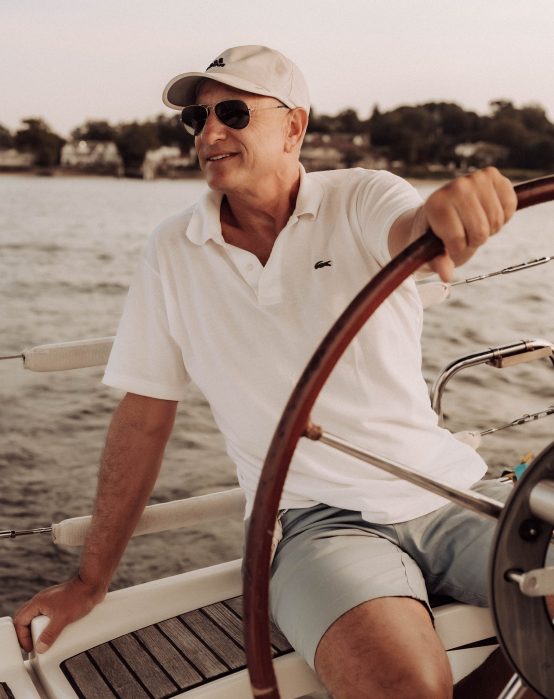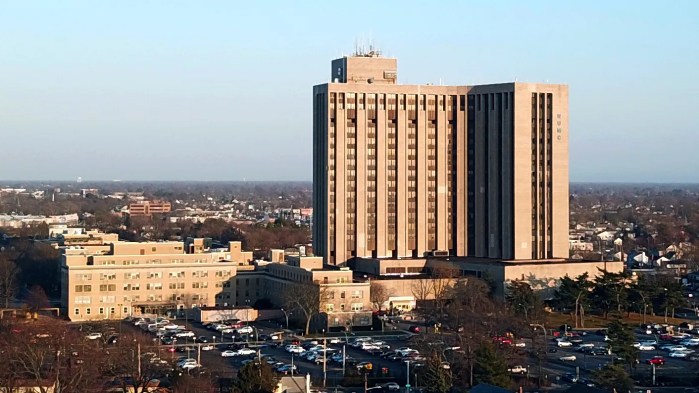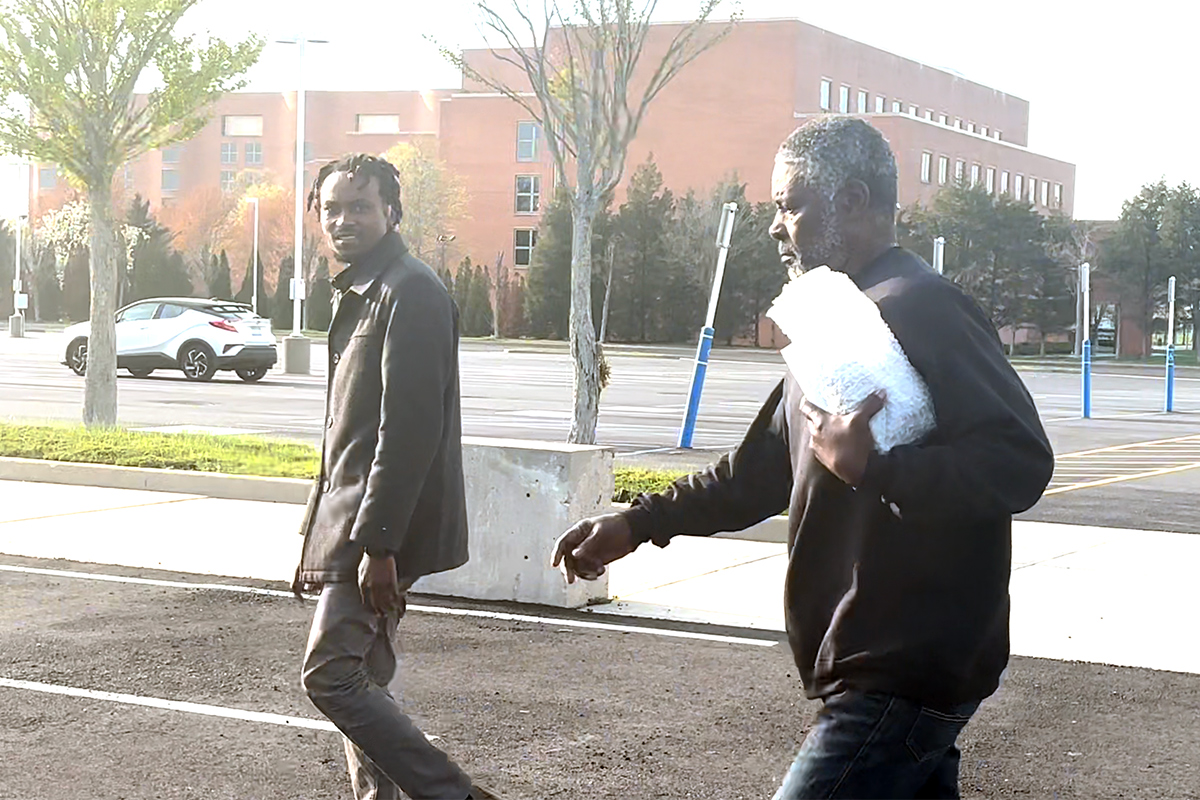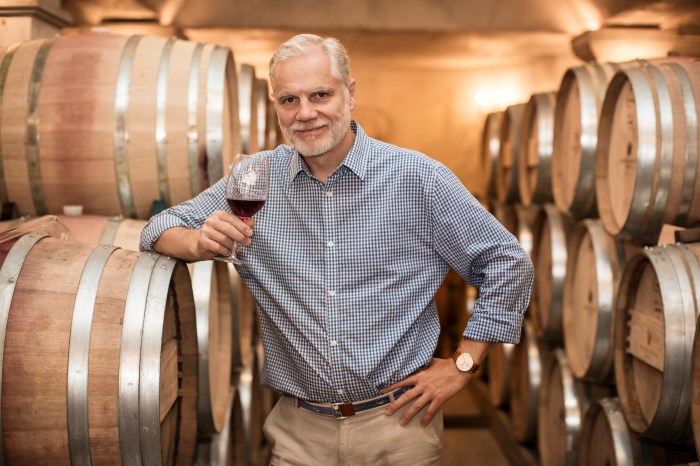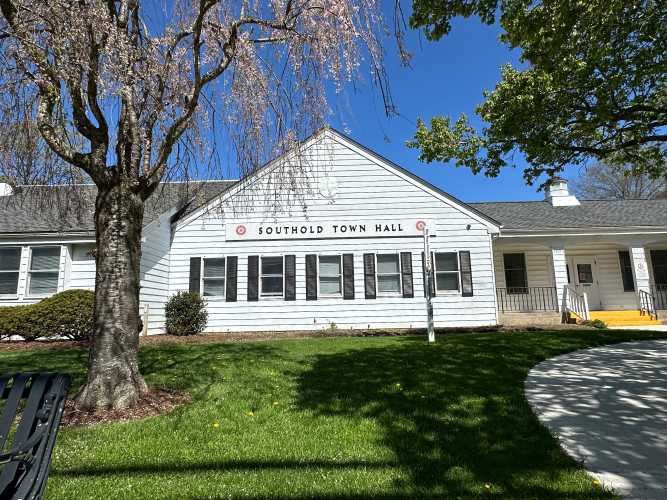Currently, representatives of the Town of Oyster Bay are meeting with the North Oyster Bay Baymen’s Association (NOBBA) to eliminate a lawsuit that could cost millions of dollars. The members of NOBBA are the baymen, local residents, who ply the waters of the harbor for clams and oysters, and who are currently suing Frank M. Flower & Sons, Inc. (FMF), the Town of Oyster Bay (TOB) and the State of New York, claiming there are several problems in the management of the shellfishing rights in the bay, including moving the bamboo poles with red and orange flags using GPS positioning that define the FMF leased land of 1,830 acres out of a harbor total of about 2,500 acres. Had it not been for the work of FMF in stocking the harbor with shellfish when they created their hatchery in 1962, the bay would not be the great area for shellfishing the baymen currently enjoy using for their harvesting activities. There are other demands such as the cost FMF pays TOB for their lease, which NOBBA has brought up as they seek a negotiated settlement.
The October 2009 “State of the Watershed Report on the Oyster Bay/Cold Spring Harbor” by Suss & O’Neill stated that the bay is approximately 2,500 acres between the Bayville bridge and Plum Point on Centre Island. It is interesting to note that the whole harbor is not fishable. There are areas closed off for shellfishing, including marinas, private areas such as the Commander Oil waterfront and the mooring areas by Beekman Beach and in the harbor itself, so estimating the size of the shellfishing area is not a simple question to answer.
The available acres for shellfishing are open to both the baymen and to local residents (for personal consumption) who have received a shellfishing permit from the Oyster Bay Town Clerk’s office.
When you are looking out at the Oyster Bay National Wildlife Refuge (OBNWR) you are really looking out at a shellfish nursery resting under the sea. FMF, shellfishers are really farming shellfish there, and have been doing so since 1962 when the hatchery was built. David Relyea, spokesperson for Flower’s said, “We have been using the bay since 1887 when the company did traditional shellfishing.”
Interestingly, traditional shellfishing is the way the baymen are still harvesting shellfish today.
The FMF clams and oysters are born in the Flower’s Bayville hatchery under the watchful presence of hatchery managers David Relyea and Joseph Zahtila. Dwight Relyea, the third FMF partner, handles harvesting and sales out of their Oyster Bay office, at the Oystermen’s Dock, next to Commander Oil.
Their years of experience in caring for the baby clams and oysters is what grows them to a size that goes from big enough to be seen by the naked eye to large enough to put on a plate to dine on. “It takes about three years for the cycle to be complete,” said Mr. Relyea.
The health of the harbor is in part due to the many oysters nestled in trays and on the bay bottom that siphon nutrients out of the bay that would otherwise end up polluting it with nitrogen and causing hypoxia (low oxygen).
The tiny clams and oysters are taken by Flower’s, from one area to another over their three-year growing cycle, in Mill Creek, and to Oyster Bay Harbor locations.
The OBNWR is actually a nursery for shellfish in the protected areas that Flower leases from the town, and the work of caring for them includes reducing the number of starfish in the bay. They are predators of shellfish. The more starfish FMF removes from the bay, the better it is for everyone who uses the bay to earn a living and that includes the baymen.
At one time, when there was no hatchery, the bay was becoming badly depleted of shellfish. Mr. Relyea explained the evolution of the industry saying, “Since 1887…farming started out with tongs and rakes and eventually went to sailboats and dredges. Powered shellfishing boats followed. In the 1940s Butler Flower developed suction and hydraulic shellfishing methods which made their farming much more efficient. These improvements parallel the advances made in land farming with tractors, plows, cultivators, and harvesters. In the 70 years that have passed while using these methods, the bay has not been destroyed and continues to be one of the most productive in the state.
“With the efficient equipment that FMF was using, they found that they would be able to harvest and process many more shellfish. The logical next step would be to stock the leases with additional shellfish. In 1962, FMF built one of the first shellfish hatcheries on the East Coast. In a few years, shellfish numbers in Oyster Bay began to grow. This operation has been a continuing success story and the bay is planted with 50 million oysters and 50 million clams each year.” [Speaking of numbers, it should be noted that FMF donates a million seed clams to the baymen as part of their 1991 agreement.]
Mr. Relyea continued, “From an environmental standpoint, this activity has been a plus from the beginning. A mature oyster or clam filters up to 50 gallons of water per day. This filtration is the most important benefit of having large numbers of shellfish. Those shellfish also spawn each year and cause natural sets on leased and public beds alike. Without FMF aquaculture, shellfishing and water quality would quickly decline and Oyster Bay would become unproductive like most other LI bays.”
The current revival of Hempstead Harbor being open for shellfishing is the result of seed clams and oysters from the FMF hatchery in Bayville. They needed a large influx of shellfish to clean up the waters to promote a successful harvest.
Mr. Relyea said, “The TOB recognizes the value of Flower’s aquaculture and stewardship of the bay bottom. Thus, the leases continue. FMF, TOB, and baymen have always worked together to keep the bay healthy and productive. This is a strategy that should continue.”
He added, “The town has met with the baymen and will try to negotiate a settlement. we are in favor of that.”
Additionally, Mr. Relyea said, “We are operating under the [stipulations of the] 1991 lawsuit and following that settlement to the letter. We’ve done our part and will continue to do so. We’re looking forward to working with all parties involved.”
When asked about the part of that agreement, in 1991, that stated the baymen would help in the growing of shellfish, Mr. Relyea answered, “They used to, but don’t anymore. There were a couple of baymen who did the work, but were discouraged when others didn’t. Now it’s up to the town.”
A representative for the baymen was unable to discuss the ongoing litigation, but others have gone public against Flower & Sons.
The Town of Oyster Bay runs the FLUPSY (floating upweller system for both oysters and clams) that you can see at the Western Waterfront Pier to which the FMF donates seed clams and oysters that are grown and then placed in the water for both recreational shellfishers and baymen to harvest.
It is an interesting story and we hope the baymen will once again work to farm the oysters as well as gathering them from the bay. It is a two-step process that FMF has learned and the baymen should in some way work into their system.
It should be mentioned that the Oyster Bay Rotary that creates the annual Oyster Festival spoke up for FMF and Dave Relyea personally since he donates all the oysters used in the Oyster Festival by the not-for-profit groups which raise money for charity. The baymen also work at the Oyster Festival. They annually donate money to the Mathew Fetzer Foundation that helps children with cancer: seven years ago the Bayville boy, son of bayman William Fetzer, died after a brave fight against leukemia. It is the benefit of future baymen that NOBBA says it is fighting for.
All in all, let’s add: the oysters and clams from Oyster Bay are delicious. We sincerely hope the town will be able to settle the differences expressed by the baymen. They pay a great deal for their independence in working out in nature, for themselves, paying for their own health insurance and retirement, but that is the cost of living free and doing what you want to do with your life. Not a bad thing. We celebrate all the parties that bring us shellfish from the waters of Oyster Bay. Bring on the cocktail sauce and lemon!
– DFK.
FYI: Friends of the Bay, NOBBA and TOB will host a beach cleanup for individuals, families, groups and organizations. FMF is always there too, helping in the cleanup. Rain or shine, this event will take place May 5 starting at 8 a.m. at Theodore Roosevelt Memorial Park in Oyster Bay, near the boat launching ramps. Participants will enjoy a Barbecue and Oyster Bay clams, courtesy of NOBBA.
